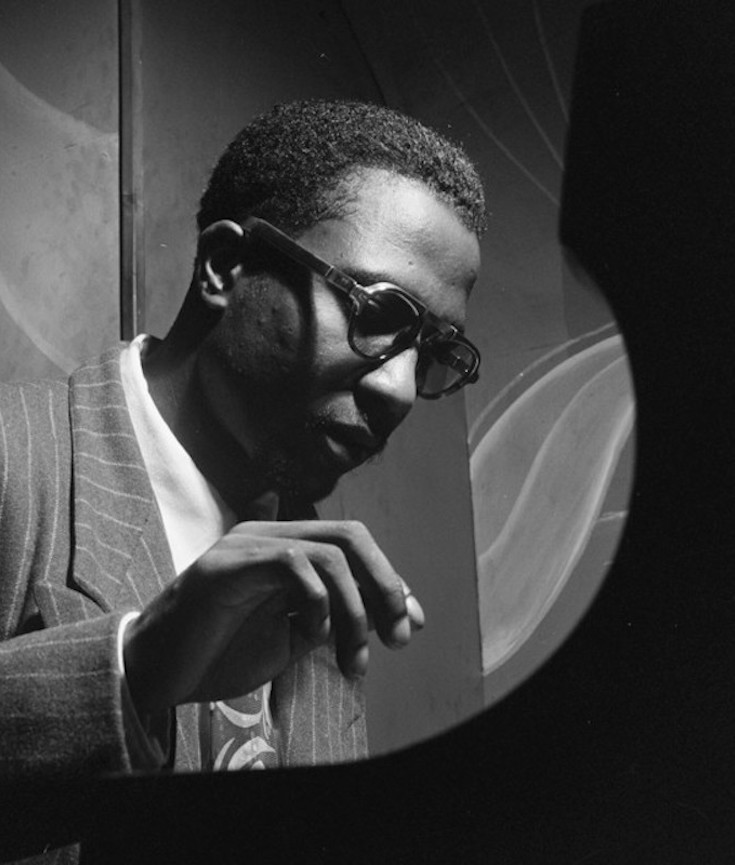[dropcap]The[/dropcap] peak of Thelonious Monk’s fame came in 1964, in his 47th year, when his painted portrait—dourly glowering or shyly guarded, depending on the beholder—improbably graced the cover of Time magazine.
Though widely respected by musicians, the pianist and composer had always remained an outlier even in the jazz world, set apart by his singular musical vision as well as his eccentricity, yet his Time cover seemed to represent his ascension to the heights of American culture as a whole. [mc4wp_form id=”6042″]
When the cover was slated to run in November 1963, the nation’s No. 1 hit was the old standard “Deep Purple,” and jazz still seemed dominant. But after John Kennedy was shot, Time bumped Monk. By the time the story ran in February 1964, “I Want to Hold Your Hand” had begun a dominant run as the Beatles’ first No. 1 in the United States. Jazz was over as a mainstream force in American culture and so, arguably, was Monk. From then until his death at just 64, in 1982, he struggled increasingly with ailments physical and mental, stopped writing new music, experienced increasing critical disdain, and finally disappeared from view for nearly a decade.


NATIONAL MUSEUM OF AFRICAN AMERICAN HISTORY & CULTURE | WASHINGTON, DC
The National Museum of African American History and Culture is the only national museum devoted exclusively to the documentation of African American life, history, and culture. It was established by Act of Congress in 2003, following decades of efforts to promote and highlight the contributions of African Americans. To date, the Museum has collected more than 36,000 artifacts and nearly 100,000 individuals have become charter members. The Museum opened to the public on September 24, 2016, as the 19th and newest museum of the Smithsonian Institution. (Website).


You must be logged in to post a comment.